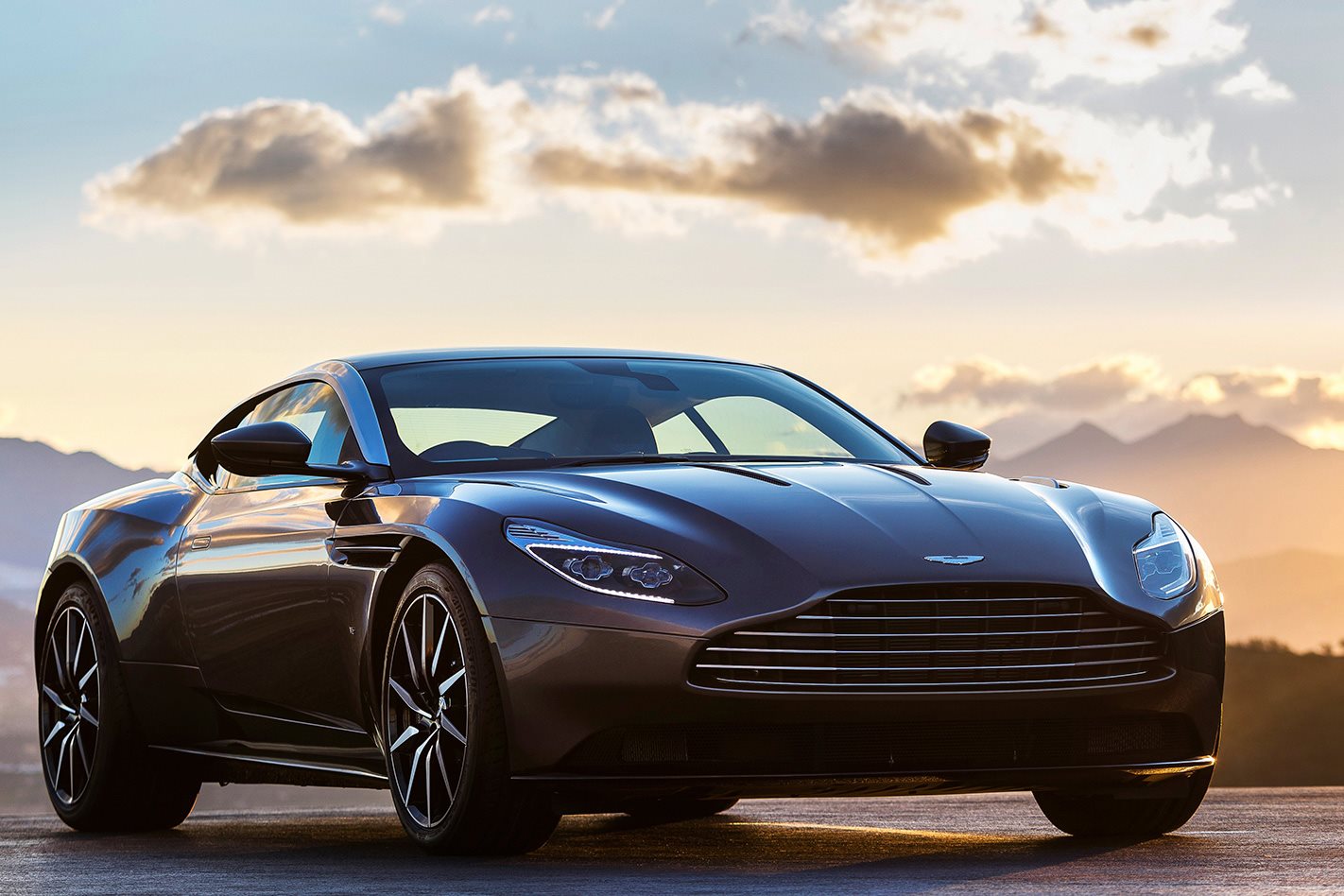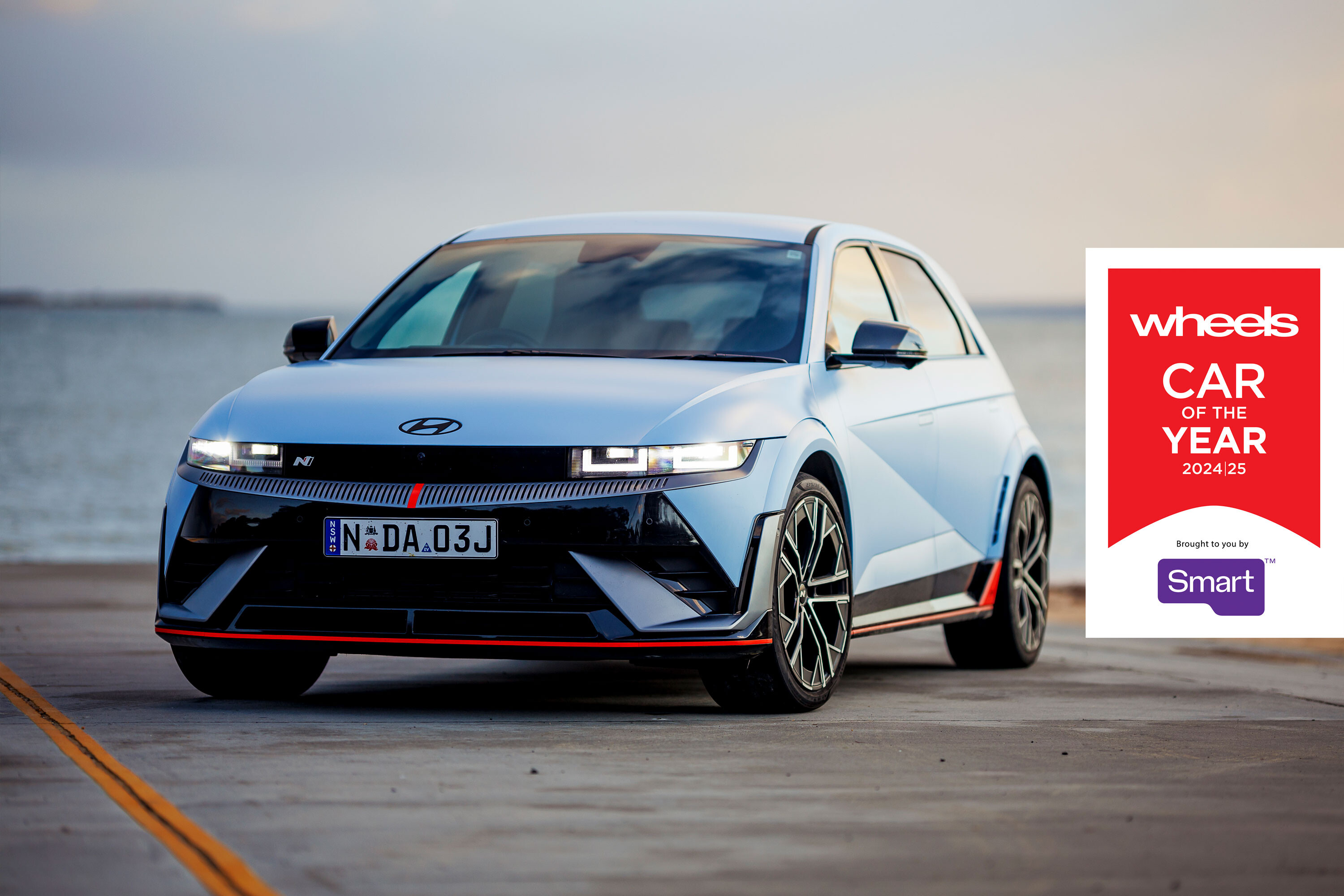The DB11 is Aston Martin’s first all-new car post-Ford. It’s also the vanguard for the British brand’s future.
TIME moves slowly at Aston Martin. It took the tiny British company almost 90 years to build roughly the same number of cars Toyota assembles worldwide in a single afternoon.
So the launch of an all-new Aston Martin is a big deal.
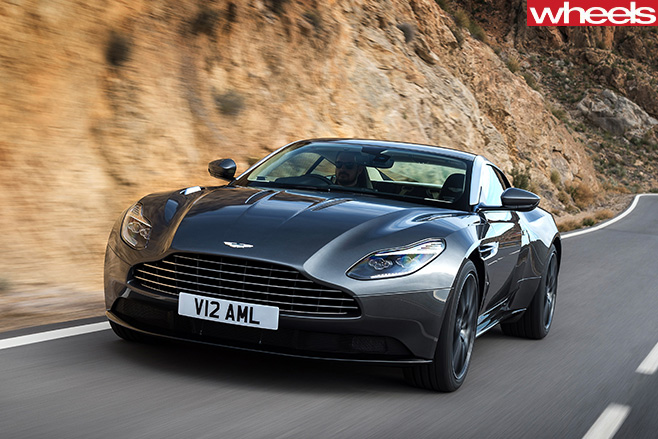
“It’s not very often in your career that somebody says, ‘Here’s an empty CAD screen, go fill it up’,” Aston Martin engineering chief Ian Minards told Wheels. “That’s a great moment.”
For all that the DB11 is evolutionary rather than revolutionary, everything – from design boss Marek Reichman’s well-proportioned and crisply tailored exterior to the aluminium-intensive monocoque and the V12 engine under the bonnet – is pretty much what you’d expect in an Aston Martin super-GT.

Take the basic vehicle structure. “The only thing you will be familiar with is that it’s a bonded aluminium monocoque,” Minards says. “Every single part is brand-new; every pressing, every extrusion, every cast node.”
Whereas the highly flexible VH structure that has underpinned every Aston Martin since the 2001 Vanquish looked as if it were made from a collection of extrusions, the DB11’s inner body features many more conventional-looking stampings. The secret is a new process called heat-quench forming, in which pre-heated sheets of aluminium are stamped in conventional two-piece presses, allowing the metal to be formed into complex shapes without splitting or wrinkling.

Heart of the DB11 is an all-new 5.2-litre V12 that, although smaller than the DB9’s 6.0-litre unit, develops more power and torque thanks to a pair of twin-scroll turbochargers. “We know V12s; we’ve been doing them since 1999,” Minards says. “What we wanted was a V12 built for our next generation of cars.”
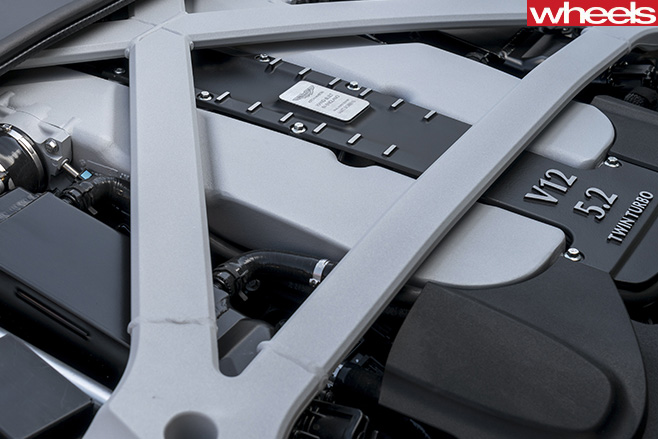
As is now usual Aston Martin practice, the engine is connected to the rear-mounted transmission by a cast aluminium torque tube. The DB11 gets the same smooth and responsive ZF eight-speed fitted to the Rapide and Vanquish last year.
Design chief Reichman’s team has delivered a coupe with the thrusting proportion and perfect stance expected of a modern Aston Martin. The surfacing is taut, punctuated by sharp creases that draw your eye all the way along the car from the powerful rework of the Aston Martin grille to the haunches over the rear wheels.

Both Reichman and Minards make a point of saying how closely design and engineering worked together during the development of the DB11, and the ingenious approach to the car’s aerodynamics is a case in point.
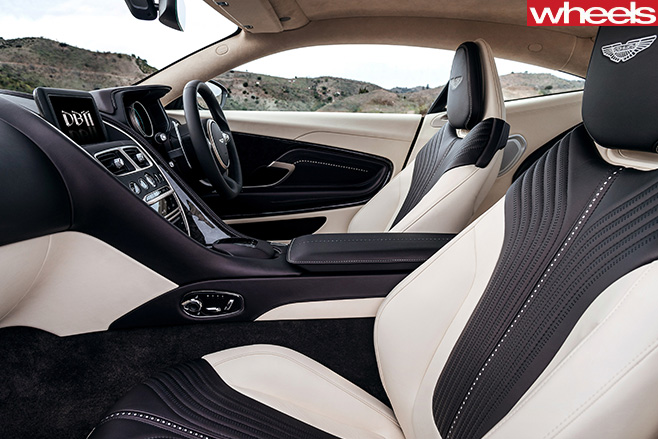
Up front, the high air pressure that builds underneath the car at speed is bled out of the front wheelarches, exiting via vents on each flank. The polished strakes that bisect the vents aren’t there for decoration; ridges on the underside cause the air to tumble along the sides of the DB11 in an effect Reichman calls ‘the curlicue’. “It gives the benefit of reducing the air pressure under the arch, but also of creating a vacuum that is drawing high-pressure air off the windscreen, so we’ve got the car pushing itself through the air more efficiently.”

The new instrument panel is digital, and thumb controls on the steering wheel allow drivers to toggle between three suspension and three powertrain settings, just like in an AMG Benz. There’s finally a proper sat-nav system and detail niceties such as an electric parking brake and power seats that motor forward when you need to access the back seat. The only clue to the source of all the new electrickery under the skin is the Mercedes-Benz touchpad on the DB11’s centre console.
The new DB11 looks to be the most sophisticated, most thoroughly developed car in the company’s history. It needs to be, because the future of Aston Martin rides on much of the hardware and manufacturing processes it debuts.

